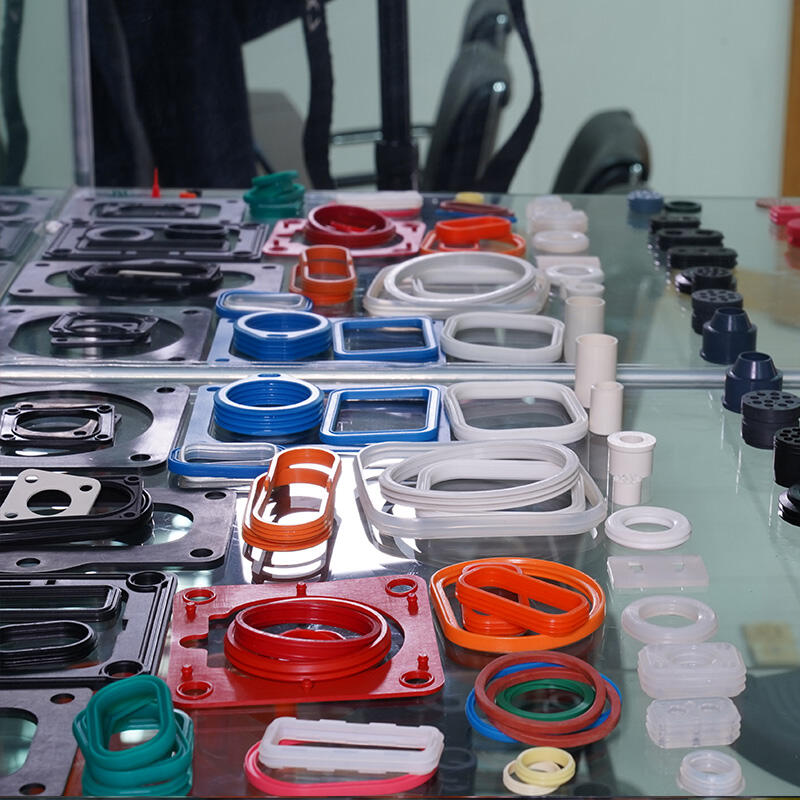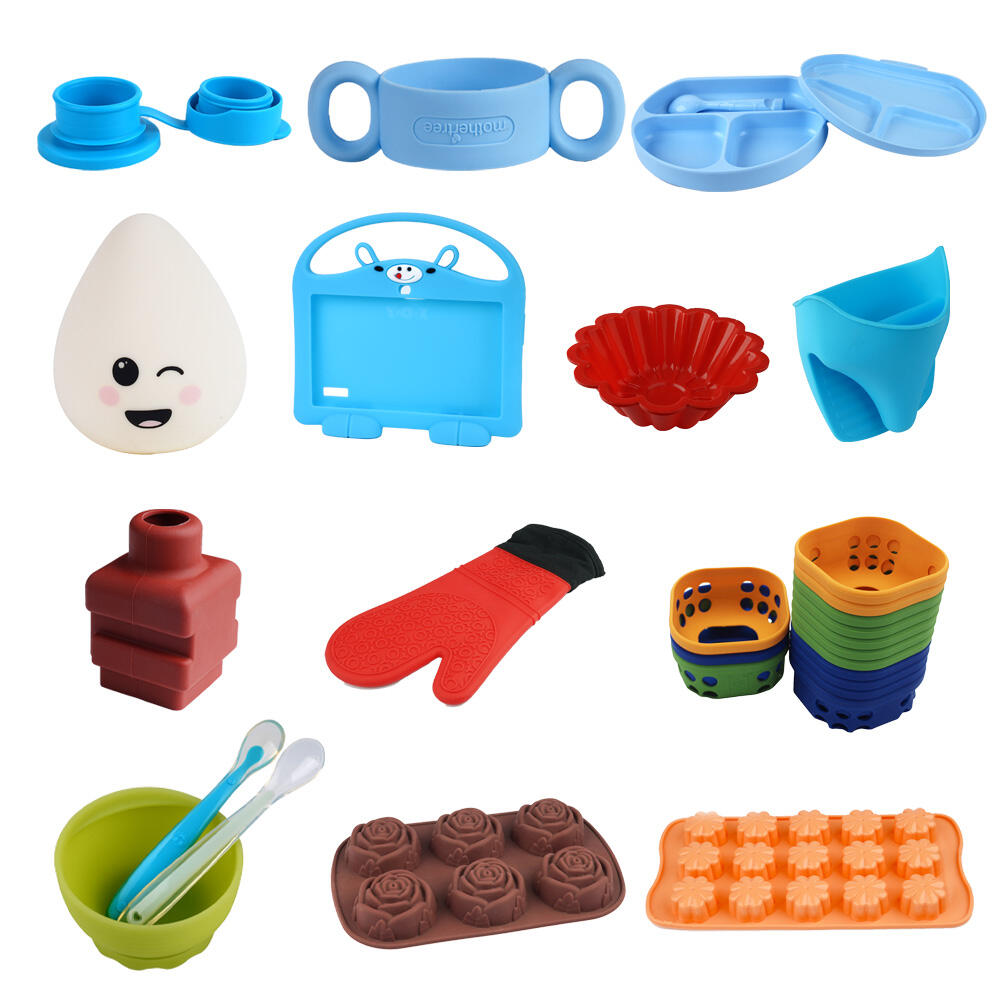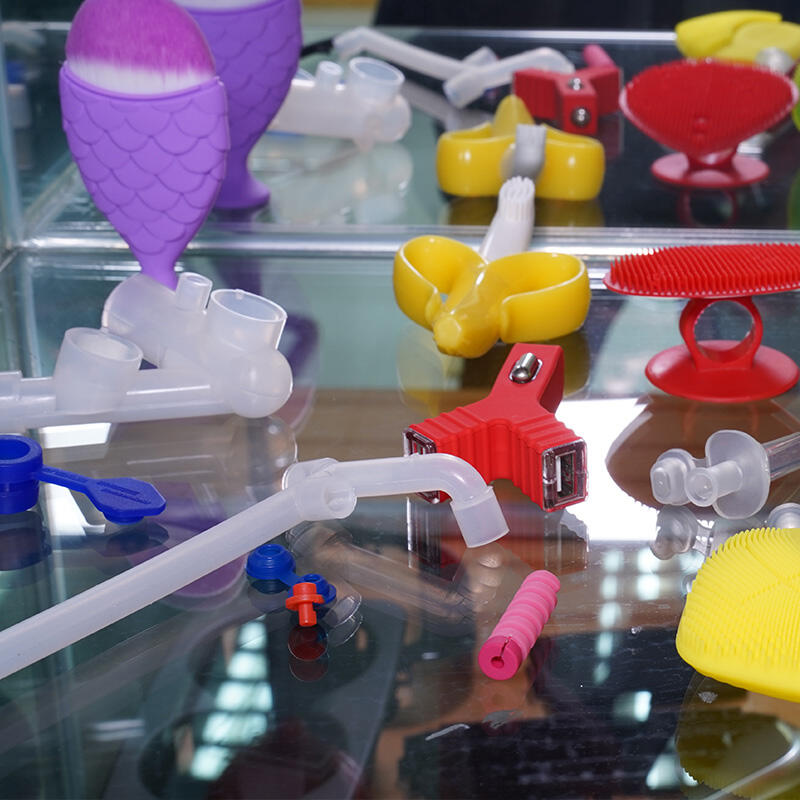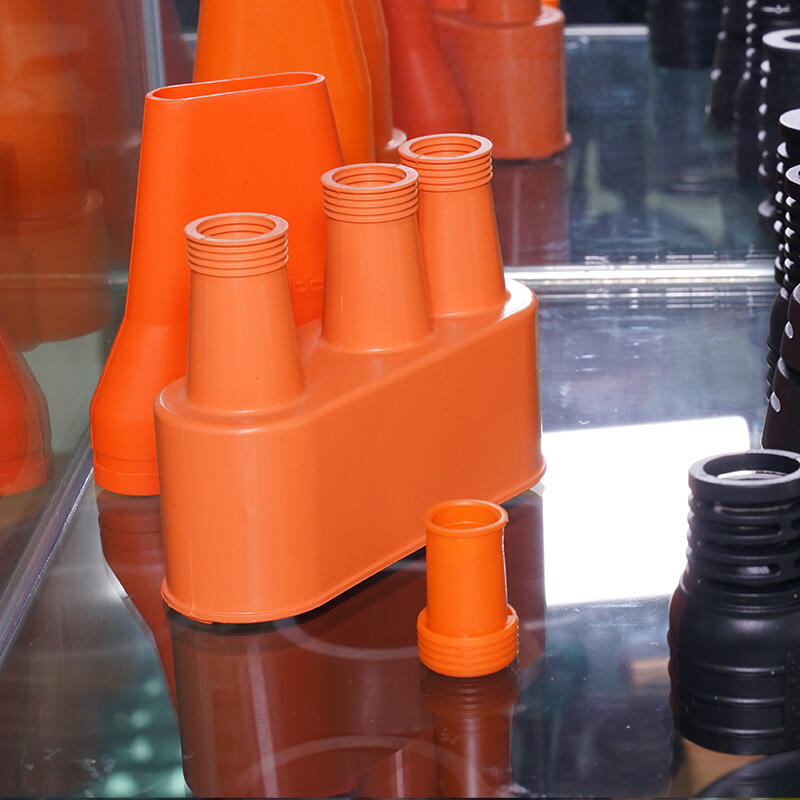The Mystery of Silicone: A Comprehensive Analysis from Raw Materials to Products
In daily life and industrial production, silicone is ubiquitous, and its unique performance and wide application are remarkable. Today, let's explore the mystery of silicone together, from raw materials to products, and analyze them one by one.
Raw materials for silicone
The raw materials of silicone mainly include silicone rubber, silicone resin, silicone oil, and silane. These raw materials each have their own characteristics, providing a diverse performance foundation for silicone products.
1. Silicone rubber: As the most common material in silicone products, silicone rubber has good electrical insulation performance, low aging, high adsorption performance, good thermal stability, and stable chemical properties. It is mainly divided into room temperature silicone rubber and high-temperature silicone rubber, suitable for different usage environments.

2. Silicone resin: Silicone resin is a mixture of components such as methyltrichlorosilane, phenyltrichlorosilane, and diphenyldichlorosilane, which has excellent water and temperature resistance. This material plays an irreplaceable role in specific fields.

3. Silicone oil: Silicone oil is a mixture produced through processes such as hydrolysis, polymerization, filtration, and pressure reduction of dimethyl dichlorosilane. Its different degrees of polymerization give silicone oil various properties and applications.

4. Silane: Silane is a highly hazardous gas that undergoes a combustion chemical reaction with oxygen. It is a combination of silicon and hydrogen, mainly used to produce high-purity polycrystalline silicon, monocrystalline silicon and other materials, widely used in fields such as optoelectronic technology, solar energy, batteries, and displays.

Classification of silicone products
Silicone products are mainly divided into four types based on their production processes and uses: extruded silicone, molded silicone, liquid silicone, and special silicone.
1. Extrude silicone: It is formed by mechanical high-temperature extrusion, and common products include silicone strips and silicone tubes. The hardness of such products is generally between -10 degrees and 40 degrees, and they have good flexibility and durability.

2. Molded silicone: Various shapes and sizes of silicone products can be produced by pressing and molding with molds. Molded silicone products have high precision and beautiful appearance, and are widely used in fields such as electronics, medicine, and automobiles.

3. Liquid silicone: Liquid silicone has the characteristics of good fluidity, fast curing speed, and high molding accuracy. It can produce various complex shaped silicone products, such as phone cases, headphone cases, etc., through injection molding or die casting processes.
4. Special silicone: Special silicone refers to silicone products with special properties or uses, such as high-temperature resistant silicone, oil resistant silicone, flame retardant silicone, etc. These products play an irreplaceable role in specific fields, such as aerospace, military equipment, etc.
In summary, silicone, as a high-performance material, has a wide range of applications in various fields. By gaining a deeper understanding of the raw materials and product classification of silicone, we can better choose and use silicone products, bringing more convenience and benefits to our lives and work.



 ONLINE
ONLINE